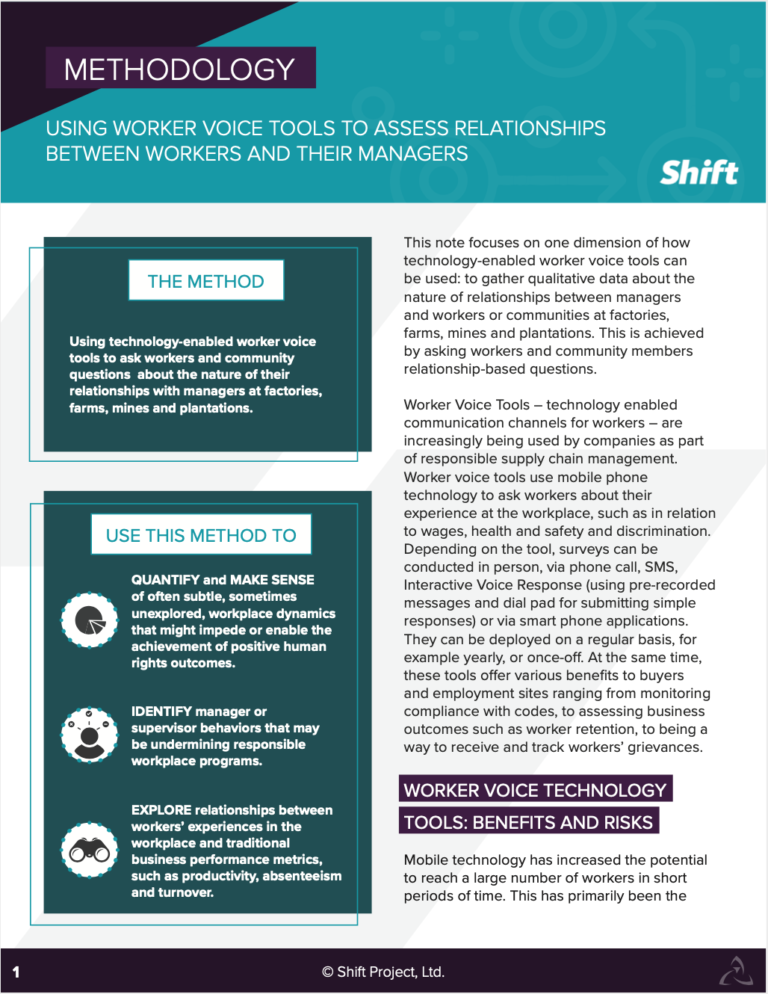Prevalence Estimate: Forced Labor Among Kenyan Workers in the Gulf Cooperation Council
GuidanceThe Global Fund to End Modern Slavery (GFEMS) aims to end modern slavery by making it economically unprofitable through interventions and experimental innovations implemented in collaboration with on-the-ground partners. With support from the U.S. D...Read More

